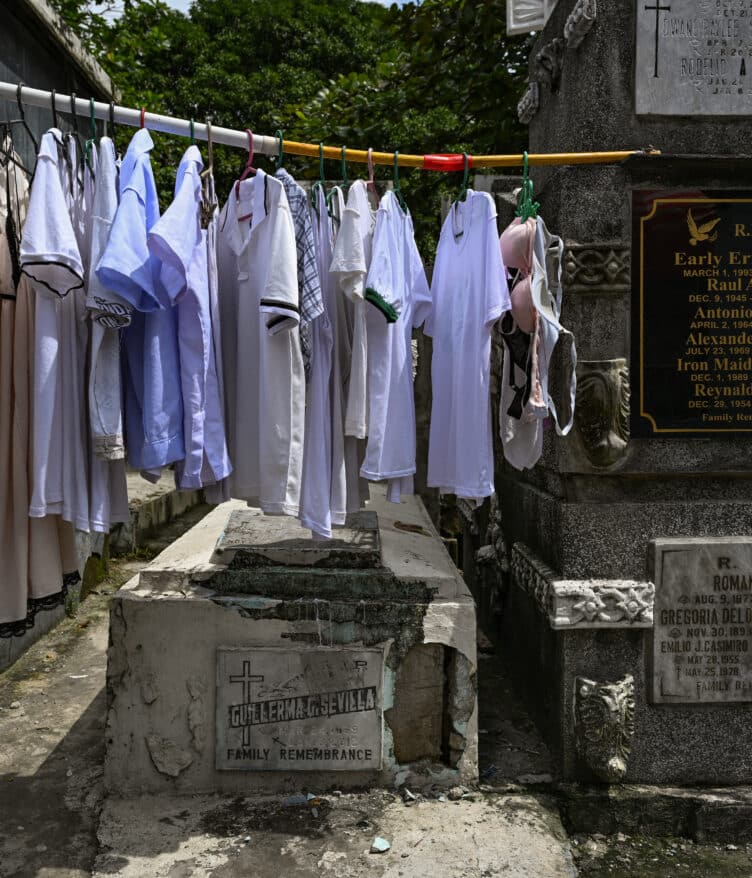FILIPINO students are still lagging behind other countries in terms of proficiency in science, reading, and mathematics, a global study by the Paris-based Organisation for Economic Cooperation and Development (OECD) showed.
Results of the Programme for International Student Assessment (PISA) 2022 revealed that students in the Philippines scored less than the OECD average in science (485 points), reading (476 points), and math (472 points).
Out of 81 participating countries and economies, the Philippines ranked 76th in reading, 79th in science, and 76th in math.
The Philippines scored 357 points in science (down one point from 2018), 347 in reading (up seven points from 2018), and 355 in math (up two points from 2018).
”Over the most recent period (2018–2022), the gap between the highest-scoring students (10% with the highest scores) and the weakest students (10% with the lowest scores) narrowed in mathematics, while it did not change significantly in reading and science. In mathematics, low-achievers became stronger, while performance did not change significantly amongst high-achievers,” the study said.
”Compared to 2018, the proportion of students scoring below a baseline level of proficiency (Level 2) did not change significantly in mathematics, reading, or science.”
It said 16% of Filipino students attained at least Level 2 proficiency in mathematics, meaning ”they can interpret and recognize, without direct instructions, how a simple situation can be represented mathematically (for example, comparing the total distance across two alternative routes or converting prices into a different currency).”
In reading, some 24% of Filipino students attained Level 2 or higher.
”At a minimum, these students can identify the main idea in a text of moderate length, find information based on explicit, though sometimes complex criteria, and can reflect on the purpose and form of texts when explicitly directed to do so,” the study said.
In science, some 23% of students in the Philippines achieved Level 2 or higher, thus they can ”recognize the correct explanation for familiar scientific phenomena and can use such knowledge to identify, in simple cases, whether a conclusion is valid based on the data provided,” it said.
Almost no students in the Philippines were top performers in mathematics, reading, and science, or those who achieved Level 5 or higher.
According to PISA, 7,193 15-year-old Filipino students from 188 schools finished the reading, math, and science assessments.
Overall, some 690,000 students took the tests in 2022, representing about 29 million 15-year-olds in the schools of the 81 participating countries and economies.
”Students took two hour-long tests, each devoted to one subject. Different students were given different test questions and different combinations of subjects (e.g., mathematics followed by reading, science followed by mathematics, etc.). Test items were a mixture of multiple-choice questions and questions requiring students to construct their own responses,” PISA said.
The Philippines took part for the first time in PISA in 2018.
Singapore leads way
Asian countries led by Singapore dominated the top spots, while levels in Europe slipped at a record pace—and not just because of COVID-19.
However, the report published on Tuesday also showed that students in top-performing countries were not necessarily happier.
The PISA survey is carried out every three years by the OECD, whose members include high-income countries, to assess the ability of 15-year-olds to meet real-life challenges.
“The PISA 2022 results show a fall in student performance that is unprecedented in PISA’s history,” OECD education analyst Irene Hu told reporters.
Singapore scored highest in all three of the survey’s areas: mathematics, reading, and science.
“These results suggest that, on average, Singaporean students are the equivalent of almost three to five years of schooling ahead of their peers,” the report said.
Five other Asian education systems—Macau, Taiwan, Hong Kong, Japan, and South Korea—came next in mathematics and also scored near the top in reading and science.
But while Asia did well, other parts of the world declined, sparking an overall “unprecedented drop in performance,” the report said.
Germany, Iceland, the Netherlands, Norway, and Poland, for example, all saw notably lower achievements in mathematics, it said.
‘Not just about COVID’
COVID-19 shutdowns hurt education standards, the report said, but there were also other factors behind the downturn.
Students in Finland, Iceland and Sweden — once star performers — have been scoring lower marks for years.
“This indicates that long-term issues in education systems are also to blame for the drop in performance,” it said. “It is not just about COVID.”
A key factor is “the level of support pupils received from teachers and school staff”, the OECD’s Hu said.
Some education systems have not given sufficient resources for supporting students, said Eric Charbonnier, another OECD education analyst.
“Countries have invested in education over the past 10 years, but maybe they didn’t invest efficiently or sufficiently in the quality of teaching,” he said.
“We also see less parental involvement with the progress of children compared to 2018,” he added.
In some cases, 2022’s drop in skills amounted to roughly a year’s worth of education.
“For example, in mathematics, in Denmark, France, Greece, Portugal, and Sweden, the average 15-year-old in 2022 scored at the level expected of a 14-year-old in 2018,” the report said.
The best European performer was Estonia. The EU’s two biggest countries, Germany and France, ranked below Switzerland, Ireland, Belgium and Britain.
“Germany is more worrying than France,” said Charbonnier, adding that Norway and Finland also declined more than France.
The US education system showed little change from the last survey, with students there weaker in mathematics and slightly above average in reading and science.
‘Fear of failure’
The latest PISA results came in an environment for education that “has changed profoundly,” said OECD Secretary-General Mathias Cormann.
Apart from COVID’s impact on education, there has also been “a deepening digital transformation of our societies” since the previous report in 2018, he told a news conference.
For the first time, the OECD also examined the happiness of students, using nine aspects of their lives to measure their well-being.
They include engagement with school, material and cultural well-being, openness to diversity, and psychological well-being.
This showed that among top math performers in Singapore, Macao and Taiwan, “many students reported a high fear of failure and limited engagement in extracurricular activities such as sports.”
In contrast, with students in countries with lower average PISA test scores, such as Spain and Peru, researchers often found “lower levels of anxiety and a greater focus on sports.”
with a report from Agence France-Presse
How useful was this post?
Click on a star to rate it!
Average rating 0 / 5. Vote count: 0
No votes so far! Be the first to rate this post.
We are sorry that this post was not useful for you!
Let us improve this post!
Tell us how we can improve this post?








